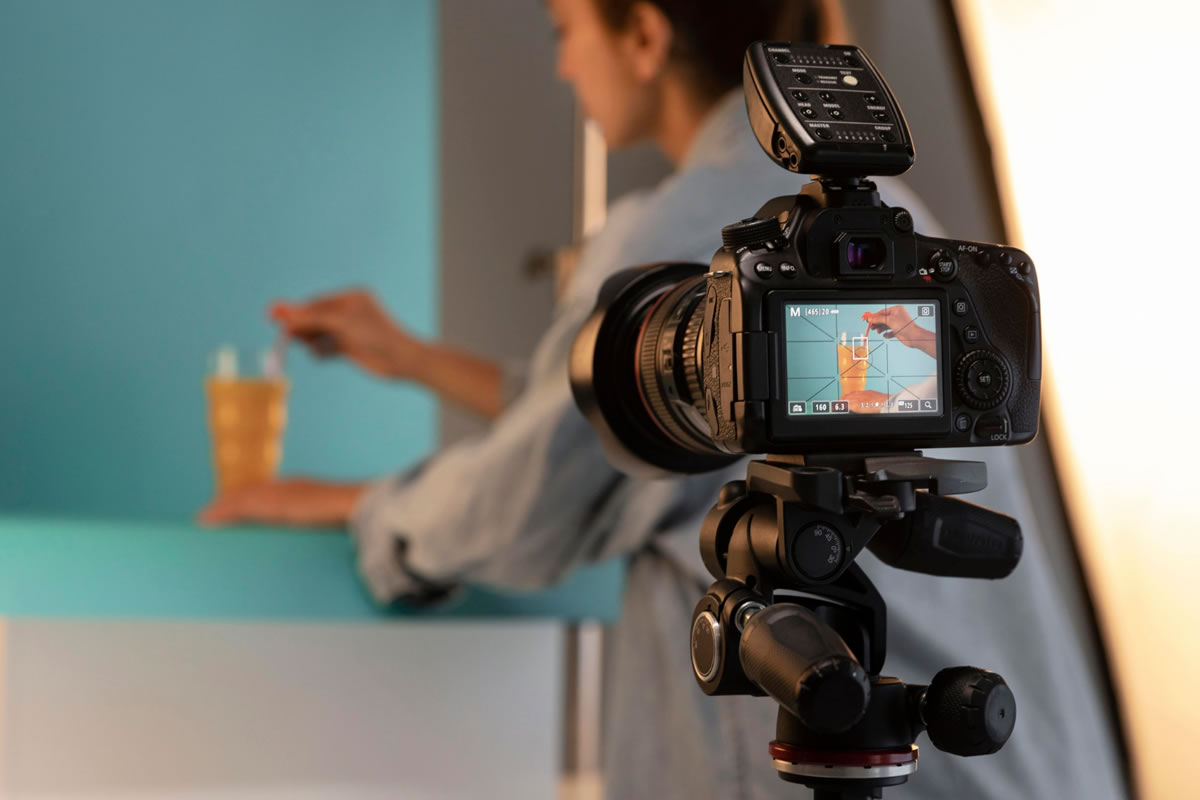Camera Angles Every Novice Should Learn

If you sit back and contemplate the films you have observed throughout your life, or even in the previous week, you can put them on mute and still have a broad understanding of the emotion on screen. You can tell if something weird is approaching, authority dynamics, and much more–all via the camera angles alone. To start embracing the influence of camera angles, our experts on grip lighting recommend filmmakers at the novice level focus on learning these, which we will cover throughout the post:
- Standard angle
- High angle
- Low angle
- Dutch angle
1. Standard Angle
each camera angle has its ability to stimulate feelings in its viewing audience. A standard camera angle is unique because it permits the viewer to determine how they feel about a personality or what that character communicates without the unknowing impact of camera positioning. A standard camera angle is impartial and eye-level with characters. It should be used when you want to offer your viewers the freedom to choose how they feel about the content and characters displayed on screen. An excellent illustration is when a standard camera angle is employed is in documentaries. When filming a documentary, supplying accurate information and accounts is the primary focus so spectators can form their own views about the subject matter.
2. High Angle
A high angle communicates volumes about the authority dynamics in a film. When a subject matter is delivered from a high camera angle, it makes them seem weak or less influential than if other camera angles are used. Positioning the camera outside a subject matter's line of vision can manipulate viewers' perception of a personality. It can establish a chain of actual power dynamics or sensed power dynamics by characters.
3. Low Angle
Low camera angles accomplish the opposite of high angles. They are positioned below a character's line of vision. This unique camera angle gives viewers the impression that the screen's character is more powerful. Instructors like to remind students that camera angles play a significant role in portraying a subject matter.
4. Dutch Angle
A Dutch angle is frequently used in suspense or scary movies to produce an uneasy feeling among those observing. To produce a dutch angle, the horizon is slanted. This shift in the camera angle is extraordinarily subtle and challenging for the untrained eye to notice. All onlookers will understand that something will be eerie in your movie.
One Tip Every Filmmaker Should Utilize to Enhance Techniques
It is essential to be adaptable in the film industry. In film and cinematography degree programs, instructors cover diverse skills, technologies, processes, and roles in a professional film location. One of the things they encourage students to welcome as they learn about the various angles, rules, frames, and strategies is the capacity of still shots.
We hope this helps you better understand the camera angles beginners in the film industry need to learn. If you need grip lighting for an upcoming production, contact us today for more details.